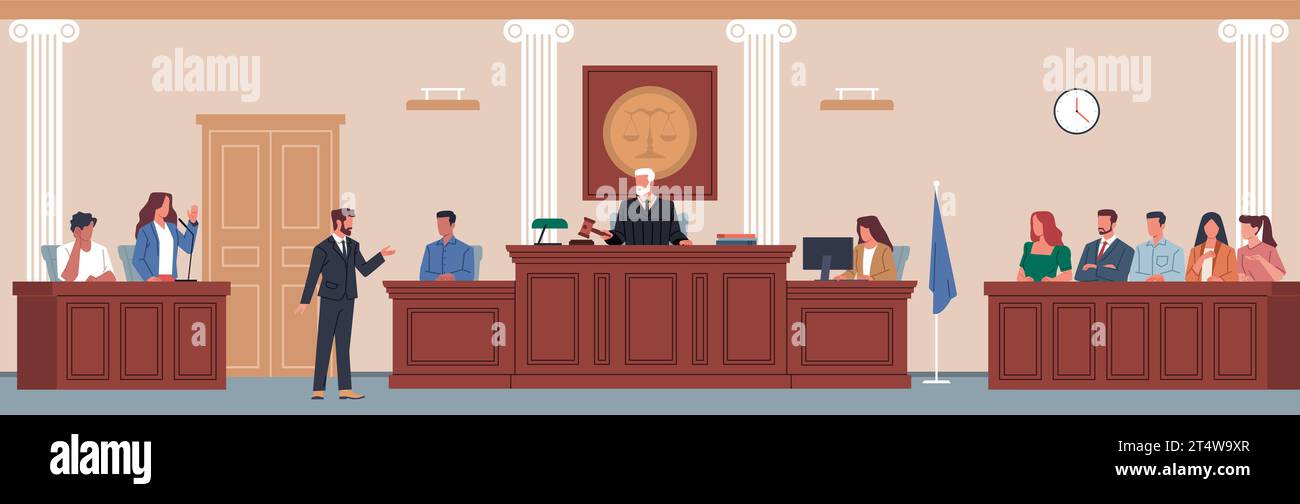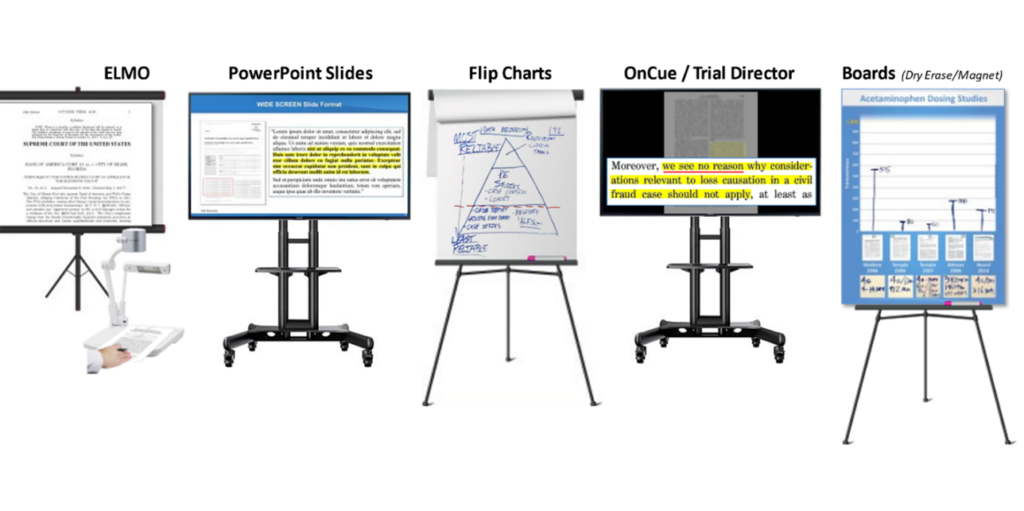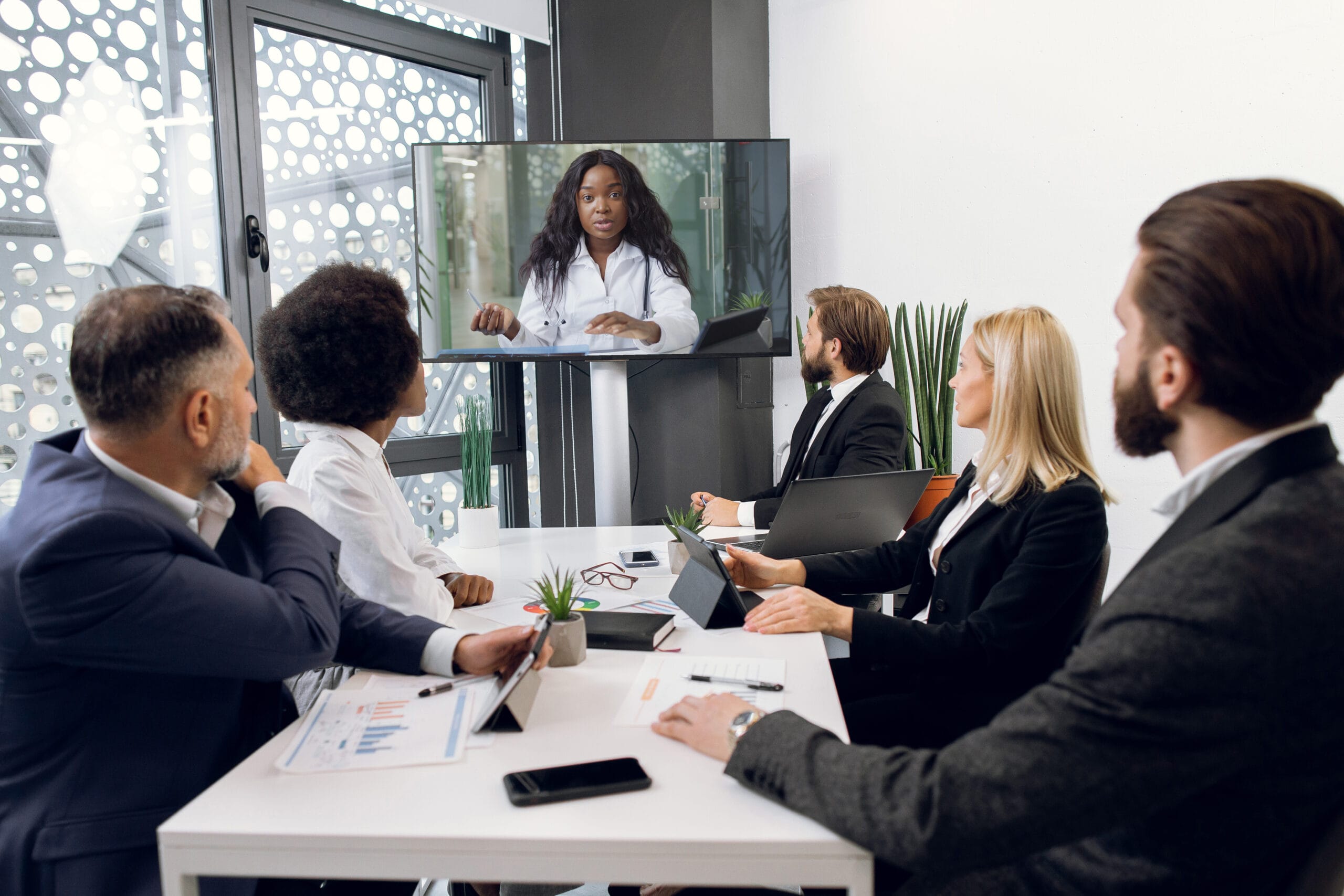Digital trial presentations make it easier to organize and display evidence.
Just How Trial Presentations Enhance Your Debate and Convince Jurors
Trial presentations work as a critical device for boosting lawful arguments and encouraging jurors. By integrating aesthetic help, narrative structures, and psychological engagement, lawyers can create an engaging situation that reverberates on numerous degrees. The strategic use of visuals not just clears up complex details but additionally captures jurors' focus more successfully than words alone. The art of narration plays a just as important duty in transforming factual evidence into an engaging narrative, forming jurors' understandings. Recognizing these components can considerably impact test results, elevating the inquiry of how each element contributes to this detailed dynamic.

Significance of Aesthetic Help
Aesthetic help play a crucial function in enhancing the effectiveness of trial discussions, as they can considerably enhance target market involvement and retention of details. In the context of a test, where jurors are charged with processing facility details, visual help serve to streamline and make clear bottom lines. Charts, graphs, and pictures can share data and ideas that might or else bewilder or perplex jurors, enabling a more uncomplicated understanding of the evidence provided.
Furthermore, aesthetic aids aid in keeping juror interest throughout the proceedings. By breaking the uniformity of verbal testament, these devices can punctuate essential disagreements, making them extra memorable. Reliable visual aids can additionally stimulate emotional actions, which can be critical in persuading jurors to align with the presenter's story.

Crafting Compelling Narratives
An engaging story is important in trial presentations, as it acts as the backbone of reliable persuasion. It permits attorneys to weave together facts, proof, and psychological components into a coherent story that reverberates with jurors. This narrative framework makes it possible for jurors to understand the intricacies of the case while directing them through the attorney's argument.
To craft an engaging narrative, attorneys ought to focus on clarity and coherence. This includes establishing a clear protagonist-- commonly the customer-- and describing their journey through the events in concern. Providing the truths in a rational sequence enhances comprehension and maintains interaction. In addition, making use of brilliant descriptions can create psychological pictures that assist jurors picture the occasions, making the narrative extra remarkable.
In addition, incorporating vital styles throughout the presentation reinforces the core message and aids in retention - trial presentations. The narrative should not just communicate details yet also evoke a feeling of justice, highlighting the stakes entailed. Ultimately, a well-constructed narrative fosters a link between the jurors and the situation, positioning the attorney's disagreement as both reputable and engaging, thereby increasing the likelihood of a favorable judgment

Involving the Court Psychologically
Reliable court involvement pivots on the attorney's capability to link with jurors on an emotional level. This connection can substantially impact jurors' perceptions and their supreme decision-making.
Aesthetic help, such as photographs or video clips, can better improve psychological engagement, giving jurors with vibrant depictions of the situation's human elements. Crafting a story that highlights the struggles and triumphs of the individuals included guarantees that jurors see past the legal disagreements and recognize the human repercussions of their choices.
Additionally, tone and body language play a vital role in conveying feeling. An attorney's passionate distribution can reverberate with jurors, enhancing their psychological investment in the event. It's article necessary to balance emotional charms with valid proof, guaranteeing that jurors really feel forced to act while staying grounded in the fact. Eventually, a mentally engaged court is more likely to be convinced, making emotional link an essential element of efficient trial presentations.
Structuring Your Presentation

The body of the presentation ought to be practically fractional into bottom lines, each sustained by engaging proof. It is advantageous to use storytelling techniques to weave truths right into a story that jurors can easily adhere to. Visual aids, such as charts and videos, can enhance comprehension and involvement, assisting to highlight essential pieces of evidence.
Real-World Case Researches
Analyzing real-world instance researches provides very useful insights right into the art of test discussions and persuasion. The site situation of "O.J. Simpson v. Individuals of California" illustrates exactly how visual aids and compelling narratives can sway jury understandings. The defense group successfully used a technique that incorporated top-level expert statements with multimedia discussions, which captivated jurors and eventually affected their choice. look at this now
Another notable instance is the "McDonald's Coffee Case," where the complainant's attorneys made use of graphic pictures of the injuries suffered by Stella Liebeck. trial presentations. This raw visual proof played an important duty in sharing the severity of her burns, causing a considerable court honor. Such cases demonstrate that impactful trial presentations commonly pivot on index the effective integration of visuals and narration to evoke emotional reactions from jurors
In addition, the "Casey Anthony Test" highlighted the significance of narrative comprehensibility and credibility. The prosecution's failure to establish a compelling timeline diminished their convincing power, underscoring the need of a well-structured presentation. Evaluating these cases reveals that successful trial presentations require tactical preparation, emotional involvement, and the capacity to reverberate with jurors' values and beliefs.
Final Thought
Test presentations significantly enhance arguments and persuade jurors via the strategic use of aesthetic aids, compelling stories, and emotional interaction. A well-structured discussion equilibriums psychological allures with factual proof, ultimately reverberating with jurors' worths.